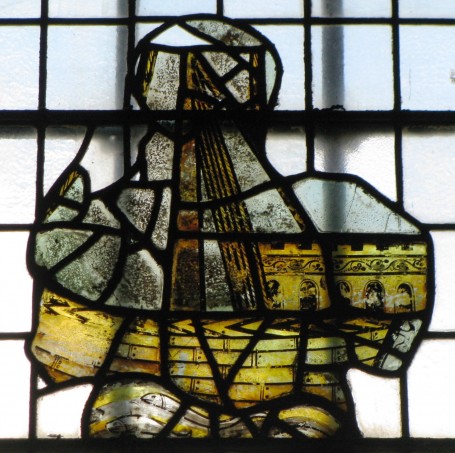Stop press – Tudors and Stuarts History Weekend moved to the weekend of Saturday 27 and Sunday 28 March 2021, and, as I said last week, it will be a virtual affair, and our speakers will include Professor Alec Ryrie, an expert on the Reformation, and Professor Andy Wood, a brilliant ‘history from below’ early modernist. This week I have also been in talks with Craig Dadds at the Canterbury Christ Church University bookshop, and even though we don’t know exactly what form it will take, Craig does want an online bookshop in some form for the History Weekend.
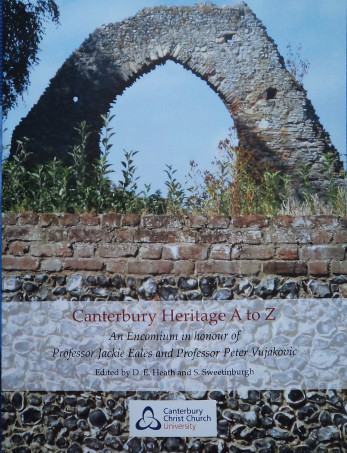
The other reason I saw him was to hand over some copies of the Canterbury A to Z for him to sell in the bookshop. This was the first time he had seen the actual book, and he was impressed and likes it, so thanks to Dr Diane Heath for all your hard work producing it. As I said a couple of weeks ago, it can be bought/ordered from the bookshop at £7.50 per copy, and £5 per copy for contributors. Please do contact the bookshop: https://bookshop.canterbury.ac.uk/ and they have lots of other books too – a real treasure trove for the book hunter.
Talking of resources for historians, Dr Gill Draper, Visiting Research Fellow in the Centre, has informed me about a great new website. The Bibliography of British and Irish History Project Board has produced compact new resources which can be incorporated into teaching material and consulted for further information by lecturers and librarians. The link is: https://www.history.ac.uk/publications/bibliography-british-and-irish-history/using-bbih-online-a-help-pack-students-and more such resources will be coming later in the year.
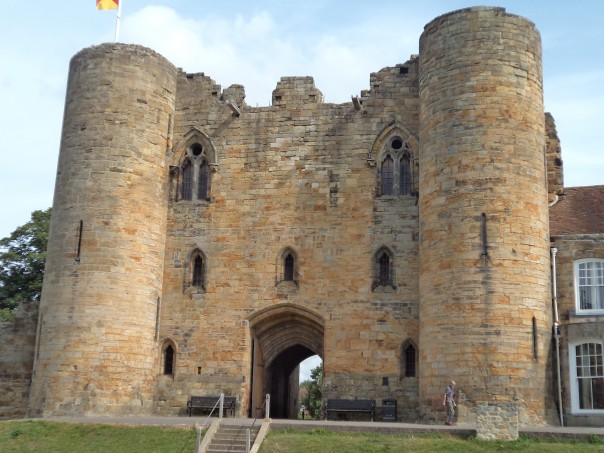
Due to all the activities before the start of the new academic year and term, I am going to keep this short and confine the rest of the blog to an online meeting of the Kent History Postgraduates. Unfortunately, neither Jacie nor Lily was able to join us, but it was great to see everybody else. Due to various technology issues in the past, Maureen gave us an update on her research first after we had had a general catch up and discussion on the current situation – I will say no more!!
Maureen had been concentrating her efforts on early modern Tonbridge, using more PCC wills from TNA and accounts for 1587, held at the Kent History and Library Centre, Maidstone. From these, she is getting details of people’s family and friendship networks. Several of her testators and others recorded in the wills had been Tonbridge Town Wardens. This organisation, established in the early 15th century, held some 30 acres of land which they rented out to gain an income to be used to maintain the town’s bridges, except for the main bridge which was the responsibility of the lord of the manor.
Keeping with the theme of bridges and the transport network, Janet has been continuing to work on Ruxley Hundred’s roads, fords and bridges for the 13th century. As she said, little seems to have been written on this topic for Kent, and generally both in the county and elsewhere, most information relates to the period after the Black Death. So while the Hundred seems to have retained one Roman road, many of the smaller ones had apparently gone out of use, or became marks in other ways, such as parish boundaries. Instead the early medieval roads network seems to have comprised drove ways, placing far more emphasis on fords rather than bridges.
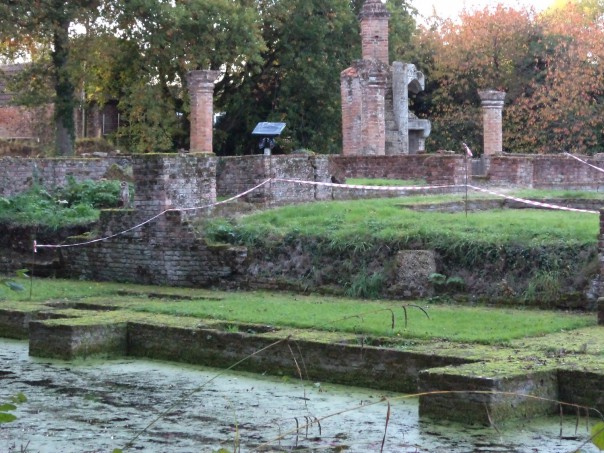
In addition, Janet has been heavily involved in ODAS’s annual Open Weekend, due to happen this weekend at Scadbury as usual where they have devised a one-way system and revised the displays accordingly. However, the new governmental restrictions, although due to come into force next week, may make this all more difficult. For readers of the blog in north-west Kent, do check this out because they do a tremendous job regarding this fascinating site.
Returning to these early medieval bridges, Dean said he had been at a conference last year where one of the speakers had discussed 12th-century European stone bridges, the technology on the European mainland being far more advanced than in England. In part this relates to the much greater size of these mainland rivers. His own work is going well, and he has finished editing the introduction and chapters 1 to 3 of his thesis. Chapter 4 is semi-finished and chapter 5 is coming along nicely. One book that he has been busy rereading is Christian Liddy’s Contesting the City, which he is finding very useful. Consequently, he is on track to have a full draft shortly, which is excellent in terms of his submission date of the end of 2020. Peter has been busy with other things, and has had somewhat of a frustrating time; however because we are going to revise the format of these meetings next time, he is going to give us a presentation on his completed MA on the Rev. Caleb Parfect.
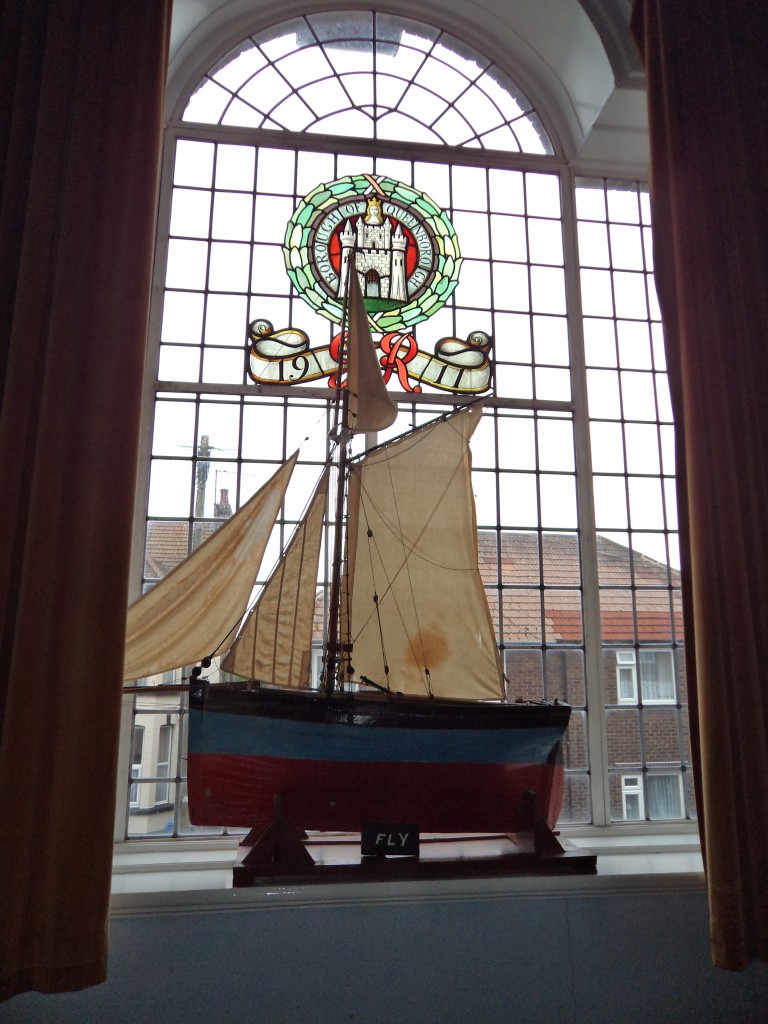
Like Maureen, Jane has been working on Tonbridge wills and inputting the details onto her relational database. Another aspect of her research she talked about came as a result of her last supervision where she had met her new second supervisor Dr Paul Dalton. Paul is an 13th-century expert, especially the baronial families, and he had discussed with Jane the interesting dedication of Tonbridge Priory to St Mary Magdalene, and the potential links this might have to crusading. Consequently, Jane is exploring ideas regarding the priory’s foundation and whether it relates at all to the Third Crusade. More on this in the future.
Keeping with the idea of religious patronage and noble patrons. Tracey explained that she had been investigating the activities of the de Lisle family, especially Alice de Lisle’s position as the holder of manors in Cambridgeshire and Kent, and her patronage of a specific church in Cambridgeshire. Nor was she the only female member of the family Tracey had been assessing because the cadet branch of the family similarly included such patrons. All of this is feeding into her thesis chapter on knightly women in Kent and religious patronage.
This brought us to the end of the round-up on people’s research activities, but before we finished Dean mentioned that the IHR has a new online mapping course and Queen Mary’s with the University of Ghent have set up a fortnightly Urban History seminar under Professor Miri Rubin. Peter also drew our attention to an online event he had attended which had been excellent. This is run by the Prayer Book Society and the session he wanted to highlight had been on prayer books and the plague.
Thus, as usual this was a fascinating meeting hearing about the different Kent history projects taking place at CCCU, but also members of the group had shared information about different resources that might be helpful to others. Next time we will experiment in terms of the format as we move into the new academic year.
 Centre for Kent History and Heritage
Centre for Kent History and Heritage Sheila Sweetinburgh
Sheila Sweetinburgh 1277
1277